Should you winterize hibiscus? Experts share their tips on protecting your plants
By winterizing hibiscus in the right way you make sure these large and colorful tropical blooms will continue to flourish in your yard next year

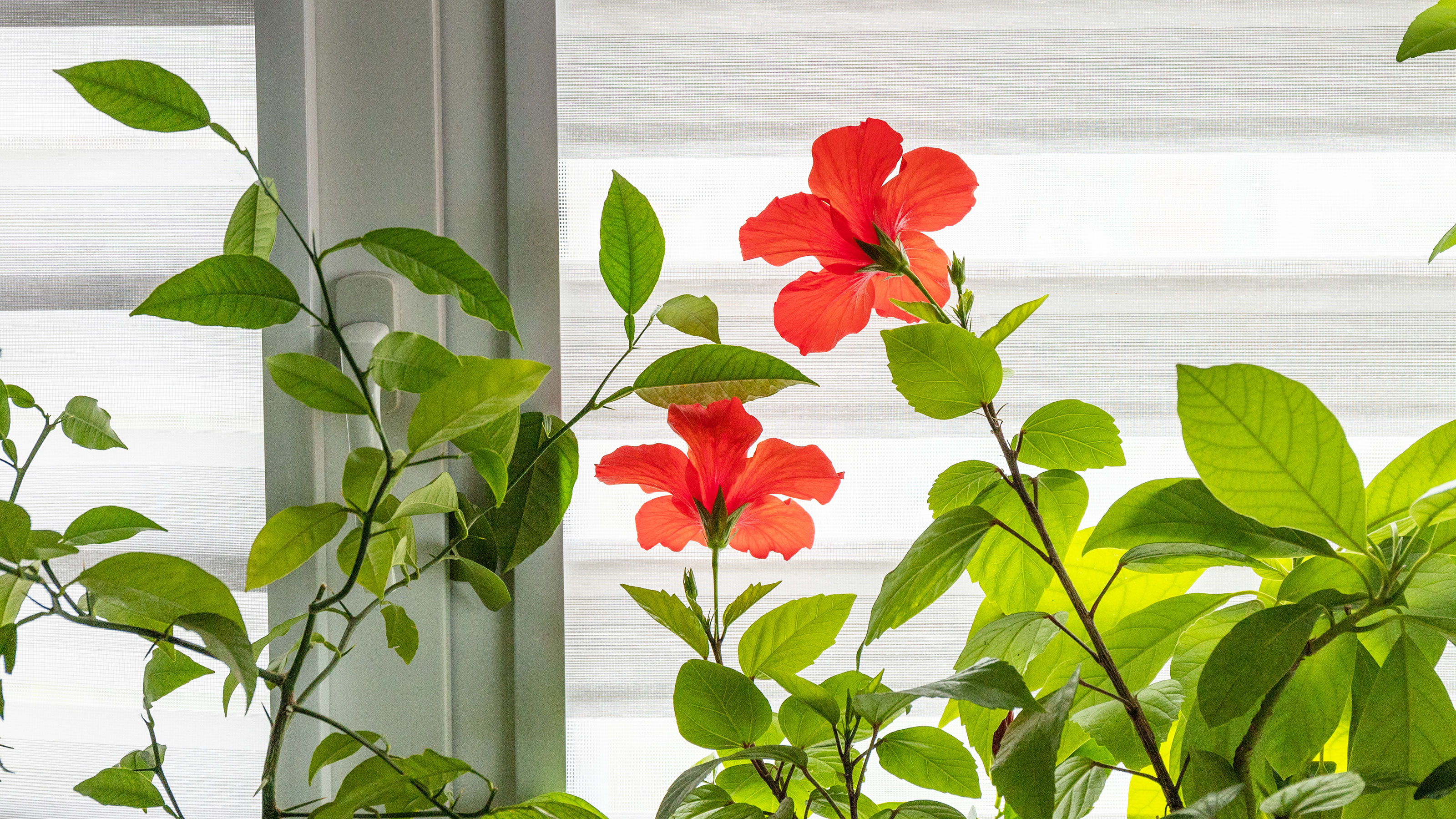

Discovering the best method for winterizing hibiscus is important if you want your plants to last from one year to the next. These large and brightly colored tropical blooms are such a highlight of the summer garden, with some varieties lasting right to fall, that you will definitely want to do everything you can to keep them going.
The tropical varieties of hibiscus are not tolerant of extreme weather so if you live in a cold climate you will need to take special measures to protect your plants. But the good news is there are also hardier types of hibiscus that will thrive outdoors in cool climates.
Be sure to gather together your precious plants as part of your winter garden jobs and make sure they are sheltered in the right conditions so they survive the cold months ahead. Then you will be welcoming an abundance of bright and exotic blooms next summer and for many more to come.
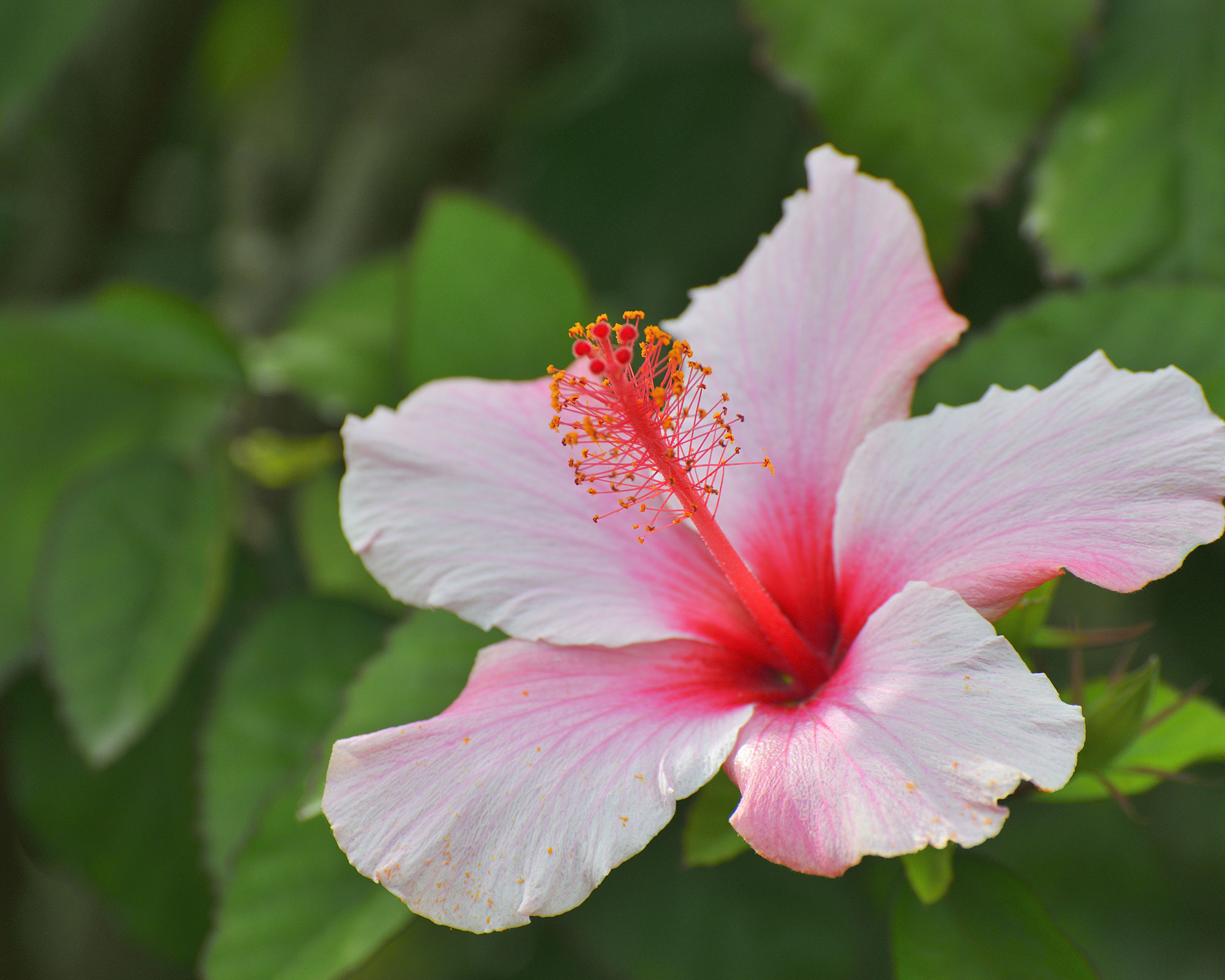
Key points to consider when winterizing hibiscus
How you winterize your hibiscus depends on what type you have and how you're growing it. Some potted hibiscus plants can be taken indoors. Finding out how to protect plants from winter and adopting proper winterization techniques ensures that your plants will survive cooler temperatures.
'The first thing that you need to figure out before you begin preparing your hibiscus plants for winter is whether your varieties are hardy or tropical,' says Kevi Tara, owner of plant nursery and shop LEAFnJOY. 'Hardy varieties can survive outdoors in zones 6+ but tropical ones will start suffering from cold damage once the temperatures drop below 50˚F (10˚C).'
So how do you work out if your hibiscus is a hardy or tropical variety?
- Hardy hibiscus plants grown in the yard are the perennial varieties including Rose mallow (Hibiscus moscheutos), Hibiscus mutabilis and Hibiscus coccineus. Unlike its tropical counterpart, perennial hibiscus is hardy in USDA hardiness zones 4-9 in a sunny spot, depending on whether they're grown in pots or in the ground.
- Tropical hibiscus (Hibiscus rosa-sinensis) are great patio plants with showy flowers. They are hardy to USDA zone 9 or 10, with minimum winter temperatures around freezing, as in south Florida and south Texas. The leaves will be damaged below 40˚F (4˚C) or so. They need wintering undercover.
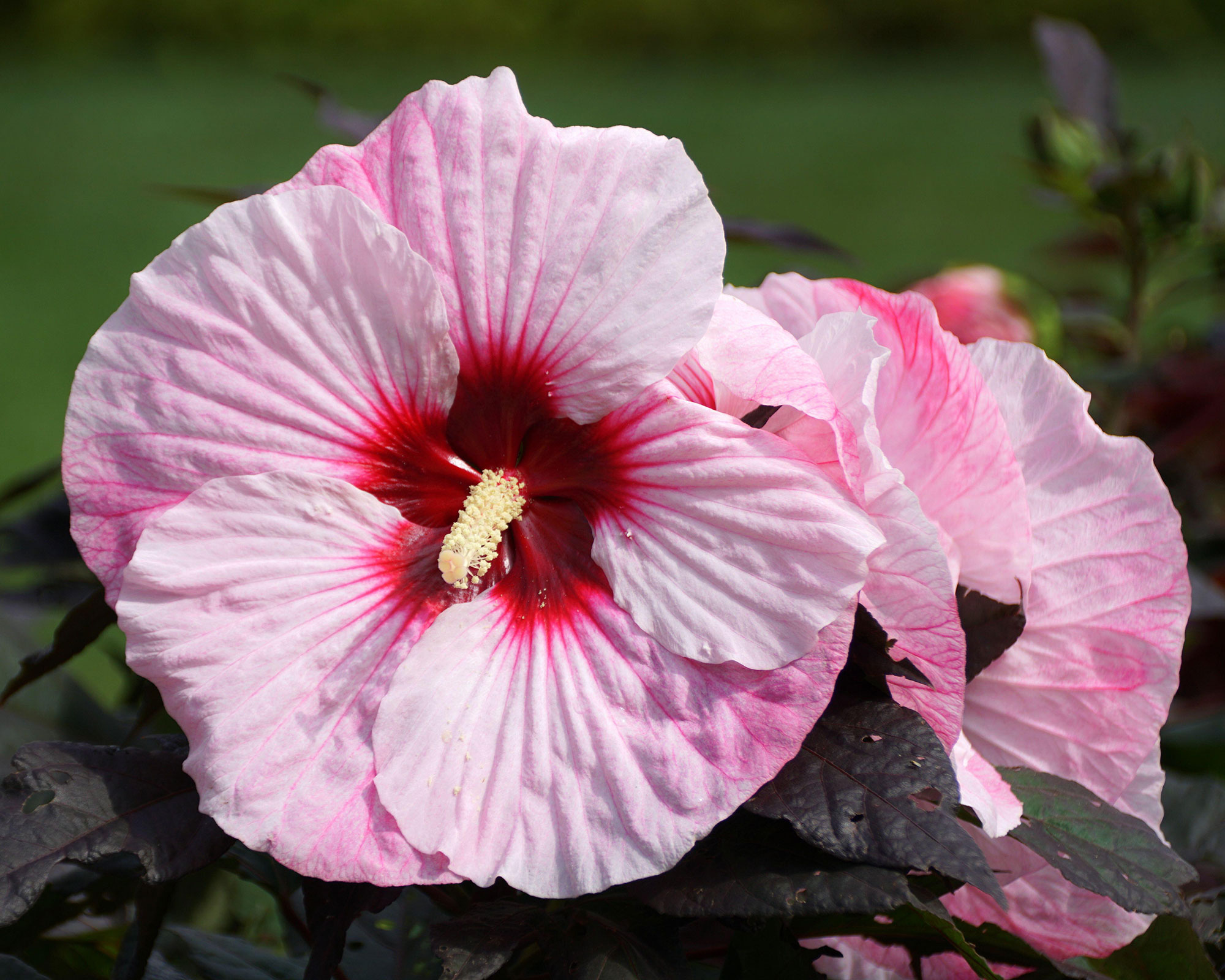
Your step-by-step guide to winterizing hibiscus
Hibiscus plants are found in many gardens and for a good reason: their large and vibrant blooms are a real attention-grabber both in flower beds and container gardens. 'Hibiscus are pretty easy to look after but they do need a pinch of extra care once the weather gets colder and winter starts knocking on the door,' says Kevi Tara.
So if you're growing hardy varieties in the ground now find out what you need to do when it comes to winterizing hibiscus.
- Once fall starts coming around, start the process of winterizing hibiscus by fertilizing plants with a fertilizer that is potassium rather than nitrogen based. 'This ensures that once the new growing season starts again, the hibiscus would have received enough nutrients to produce its gorgeous, colorful blooms,'explains Kevi Tara. 'Feeding hibiscus plants with nitrogen-heavy fertilizer during the dormant months might encourage the plants to produce fresh new leaves and growth which might get damaged by the cold.'
- Wait until the first frost to cut plants back. Cut back any old, dead and faded stems, as you would when winterizing lavender. 'Remove any old flowers and dead leaves too,' says Dale Steven of mowersandyardtools. 'These can increase the chances of hibiscus beetle infestation.' Clear off any dead leaves and plant debris from the base of your hibiscus plants as well to prevent a breeding ground for pests. The best time to do this is in late winter before the new growth comes through. Always use sharp and sterilized secateurs so you don't transfer any diseases to the plant.
- Hardy or perennial hibiscus plants should be covered in winter when grown in areas with cold temperatures and snowfall. A layer of mulch around the base of your hibiscus provides insulation during cold winter weather, just the same as when winterizing hostas. 'One of the biggest things you can do when winterizing hibiscus is to add a thick layer of mulch around the plants before the first freeze' says Jen Stark, founder of Happy DIY Home. 'This will help to protect the roots as the temperatures drop.'
- The plant can also be wrapped in protective fabric or a tarp to ward off chilly weather and icy winds. 'You can use frost cloths and wrap them securely around,' says Kevi. 'Make sure that they are not too tight around the crown, however, to avoid breakages if it gets windy.' Frost protection fabric is available on Amazon.
- Remove the mulch in spring once you are sure any danger of frost has passed. Then give your hibiscus a good feed with an organic fertilizer.
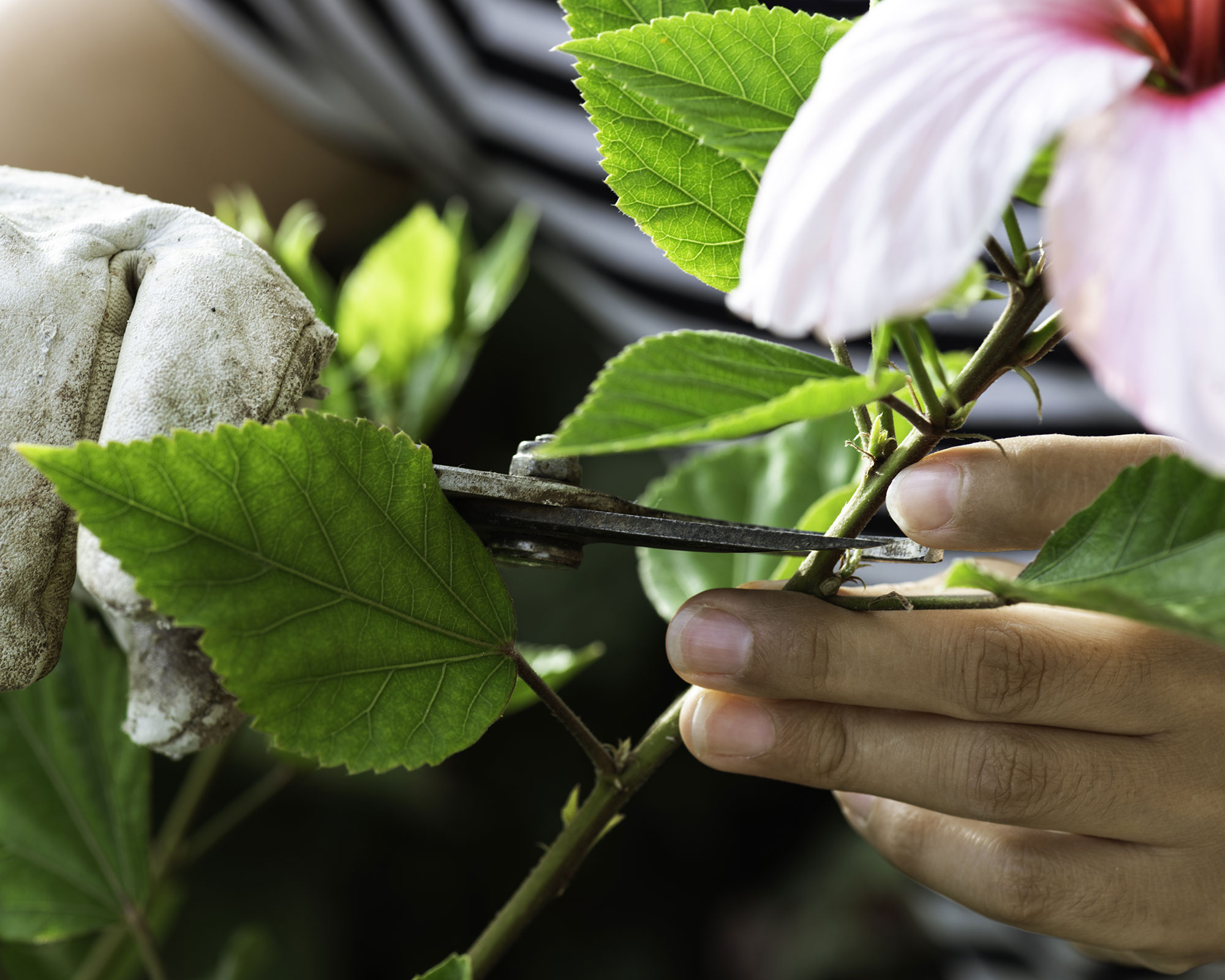
How do you winterize a potted hibiscus?
If you have a hardy variety or you live in a warm climate, you can consider winterizing hibiscus growing in garden planters outside. Move your plants to a warm and sheltered exterior wall of the house that will offer protection. Choose a south facing spot so your hibiscus plants also get a good dose of sunlight during the day.
If you have several hibiscus plants, a good way to protect plants from frost is to group them together so they offer each other extra protection. If severe weather conditions prevail wrap your hibiscus in warm fleece or frost cloth to offer more protection. Or if it really is cold move them undercover overnight.
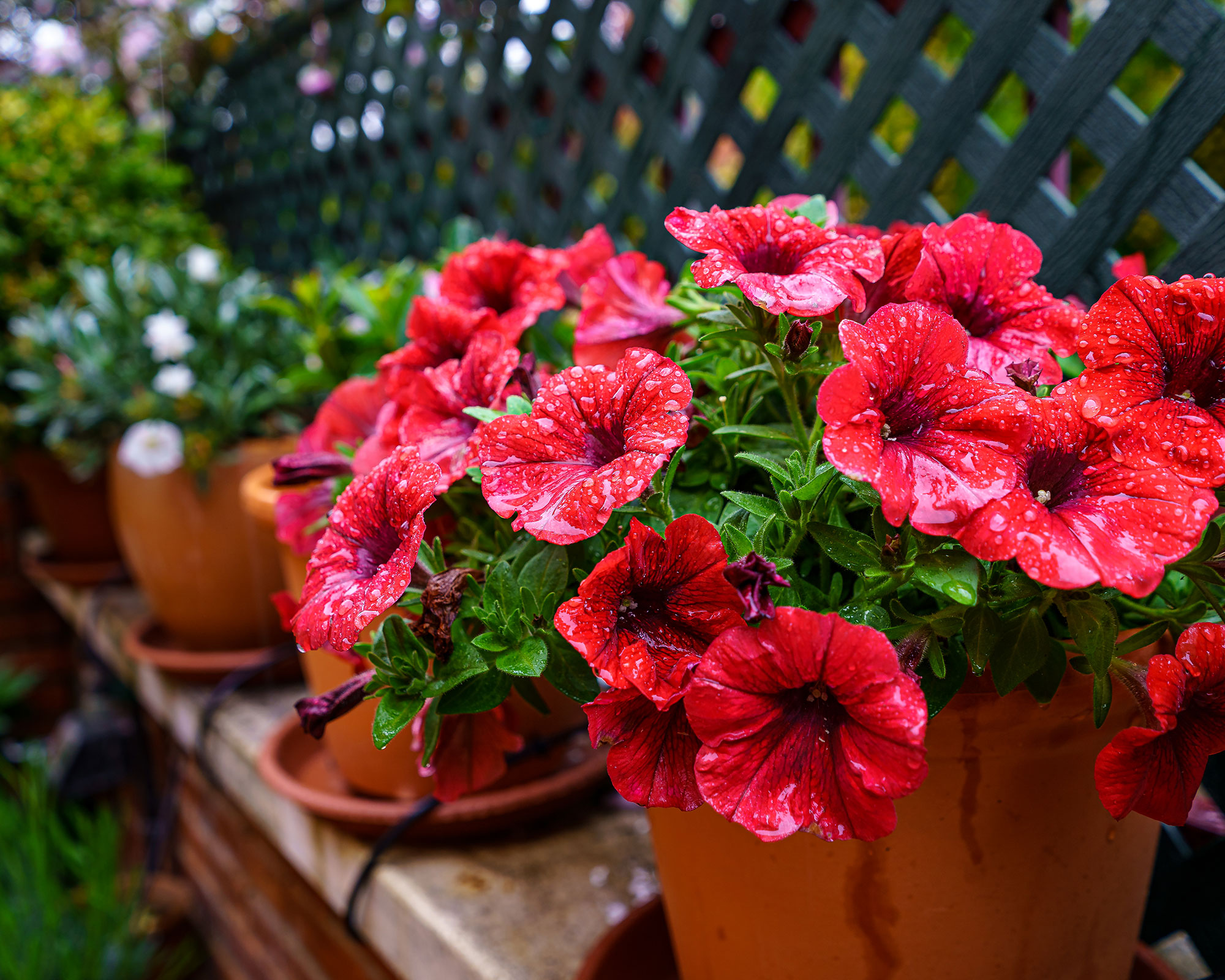
If you are really concerned about how your potted hibiscus will fare over winter, or you are growing a tender, tropical variety, you should consider moving it indoors during the colder months.
'It is advisable that you bring potted hibiscus indoors during winter,' advises gardener Alex Tinsman from HowToHouseplant.com. 'The plants thrive at room temperature hence leaving them outside during winter would do harm to them.'
If you're planning on winterizing hibiscus plants that are container-grown in the house first prune it back by about half, removing any dead, damaged or diseased leaves or stems. Then move it indoors before the first frosts.
'Before you bring any outdoor plant indoors, to avoid diseases and pests spreading to your houseplant collection, always inspect all outdoor plants thoroughly,' says Kevi. This is an important part of finding out how to care for houseplants in winter. 'At the slightest notch that there is something wrong with the plant, isolate it and either treat it or consider tossing it, especially if it has a heavy infestation.'
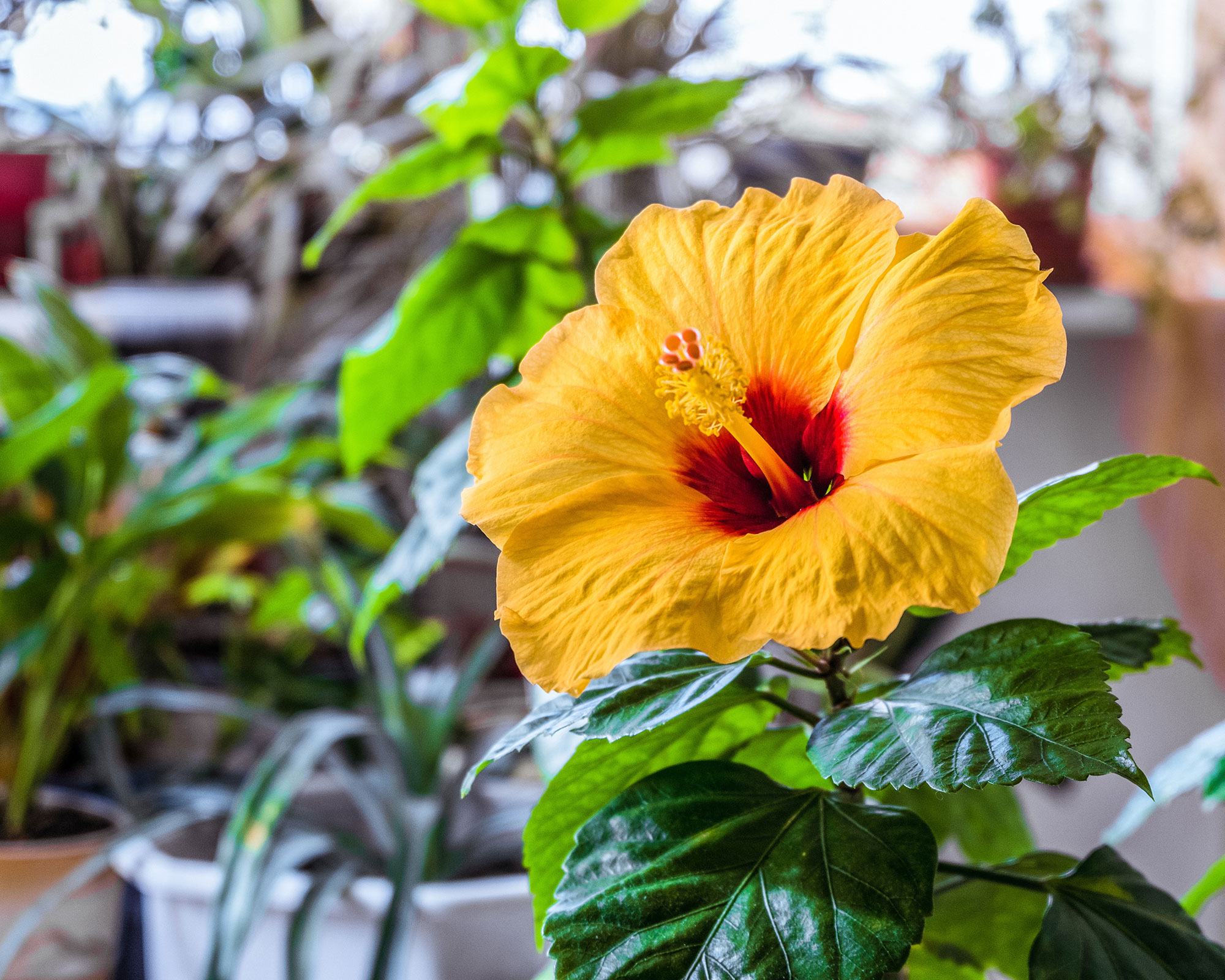
Once your hibiscus has passed the health check and is now safe and happy growing in your indoor garden for the winter, make sure to keep the plant in a warm room with bright light and water it regularly.
Ideally it needs a warm, sunny spot in the house where it will thrive as an eye-catching flowering indoor plant. It will continue blooming for a while, then will probably stop flowering and drop some leaves but this is usual. Keep the soil moist but not wet.
When the time comes to move it back outside again you can move your plant outdoors then back indoors over a period of several days to help it adjust.
'When it's time to take it back outside it's vital that you only do this when the temperature is staying above 60˚F (15˚C) overnight, typically after the last frost,' says Emma Locker of DIYGarden. 'Hibiscus plants don't do well being thrown back outdoors too quickly, so use a gentle approach. Start by placing it in the shade, then slowly move it to a sunnier location daily. By the tenth day, it can be in full sun.'
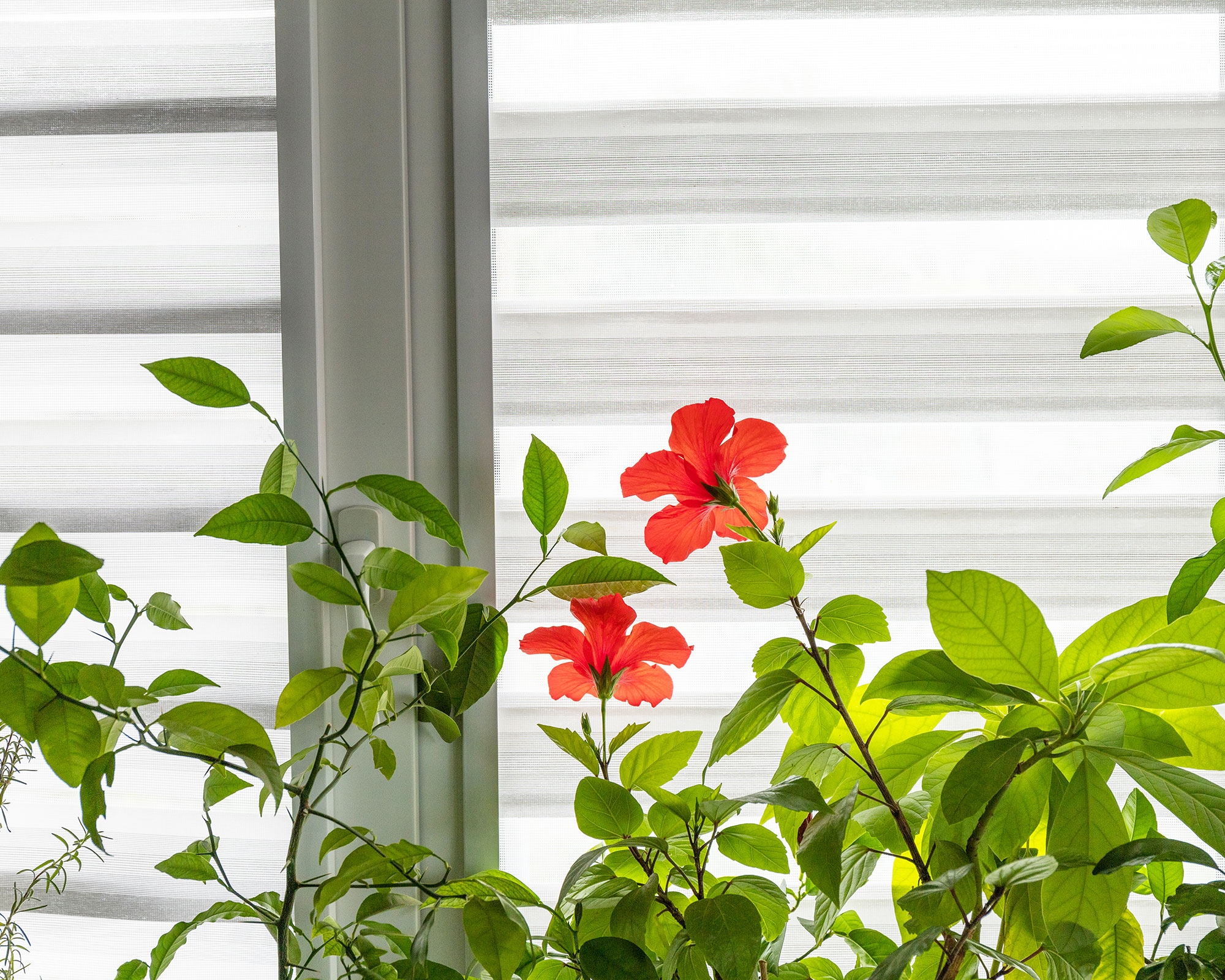

Lifestyle journalist Sarah Wilson has been writing about gardens since 2015. She's written for Gardeningetc.com, Livingetc, Homes & Gardens, Easy Gardens and Modern Gardens magazines. Having studied introductory garden and landscape design, she is currently putting the skills learned to good use in her own space where the dream is establishing a cutting garden.
